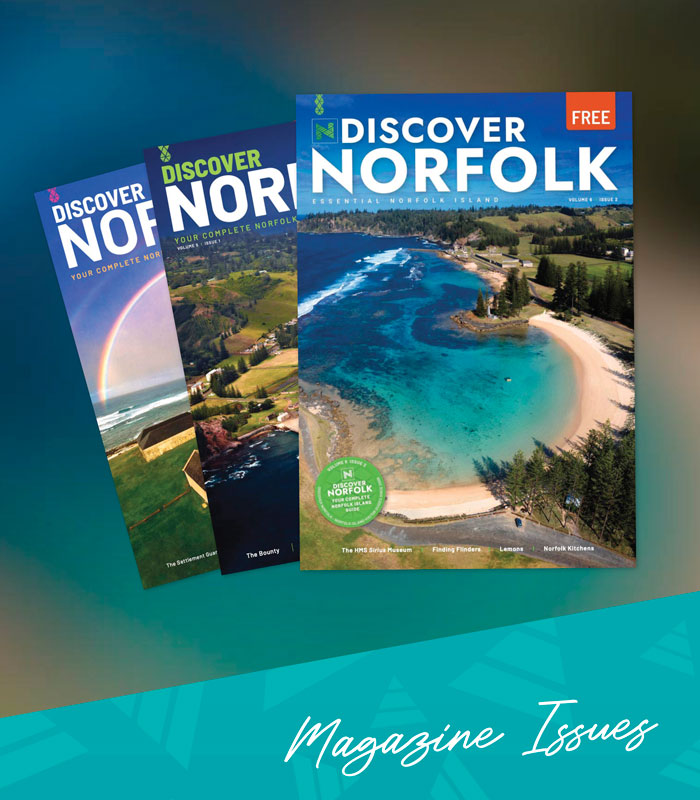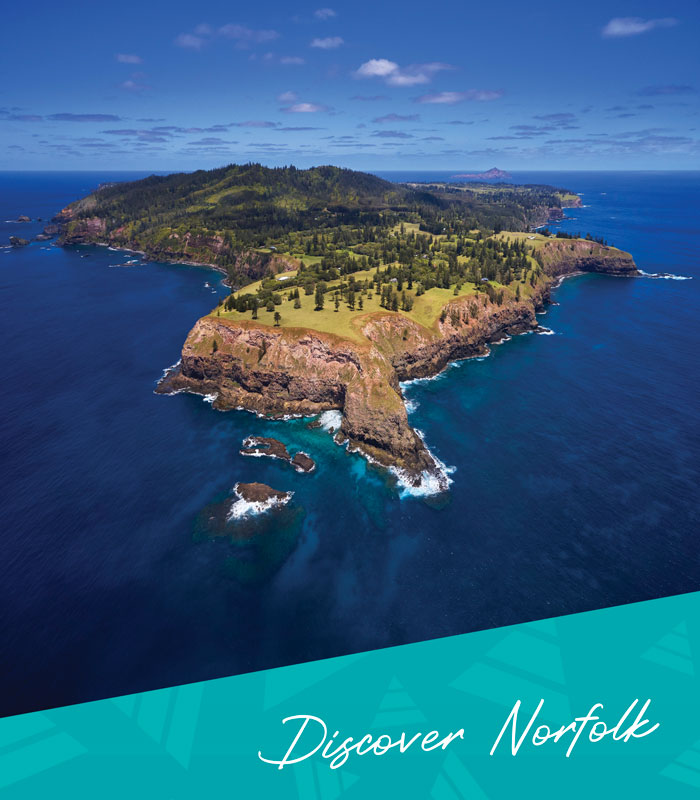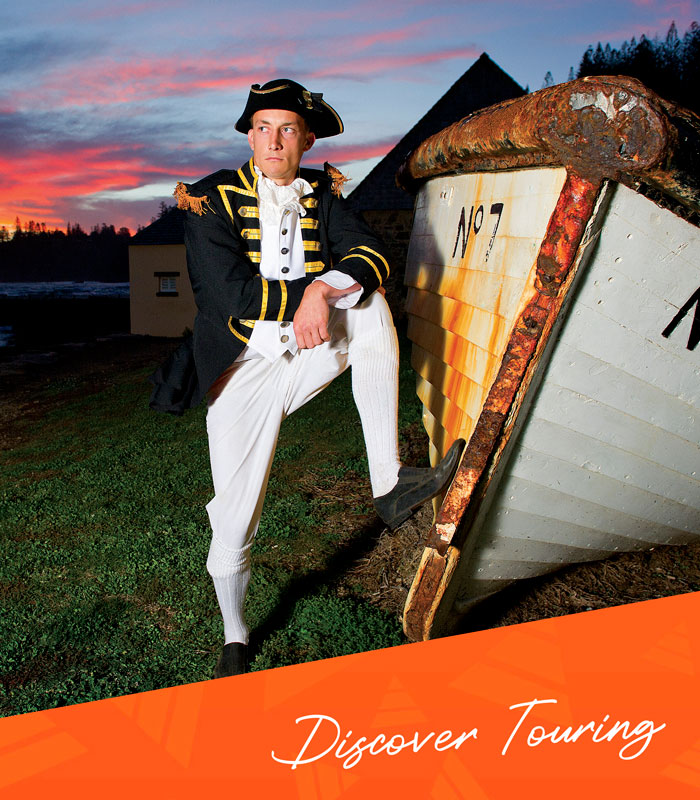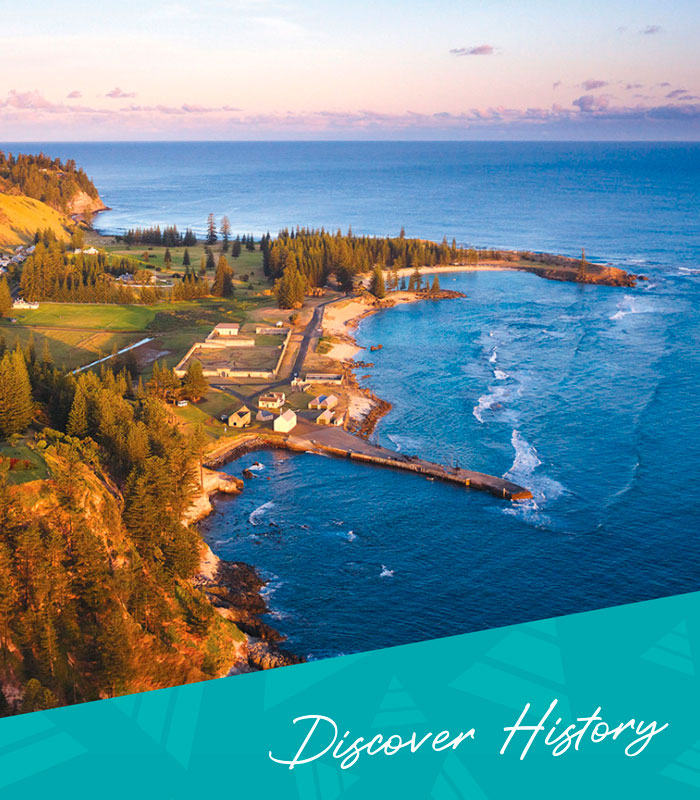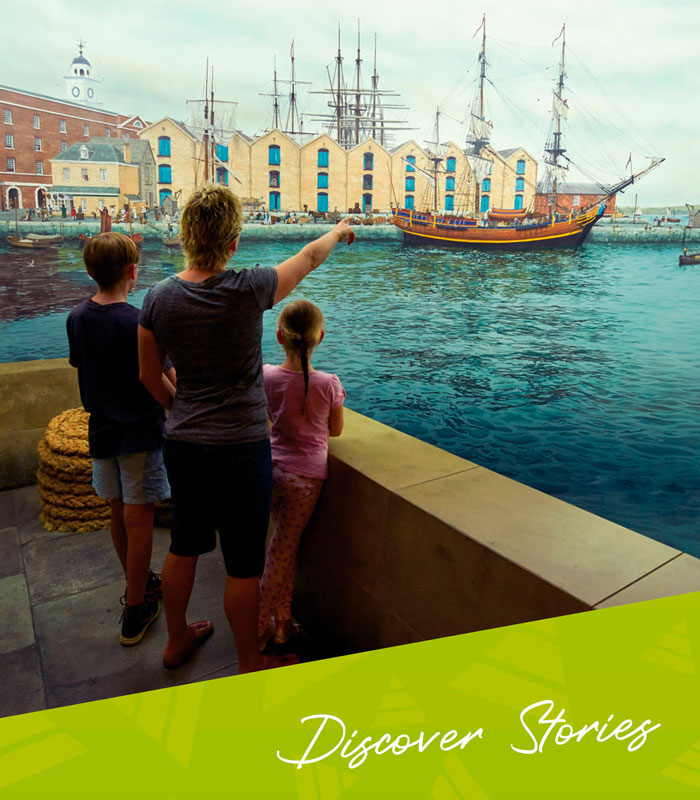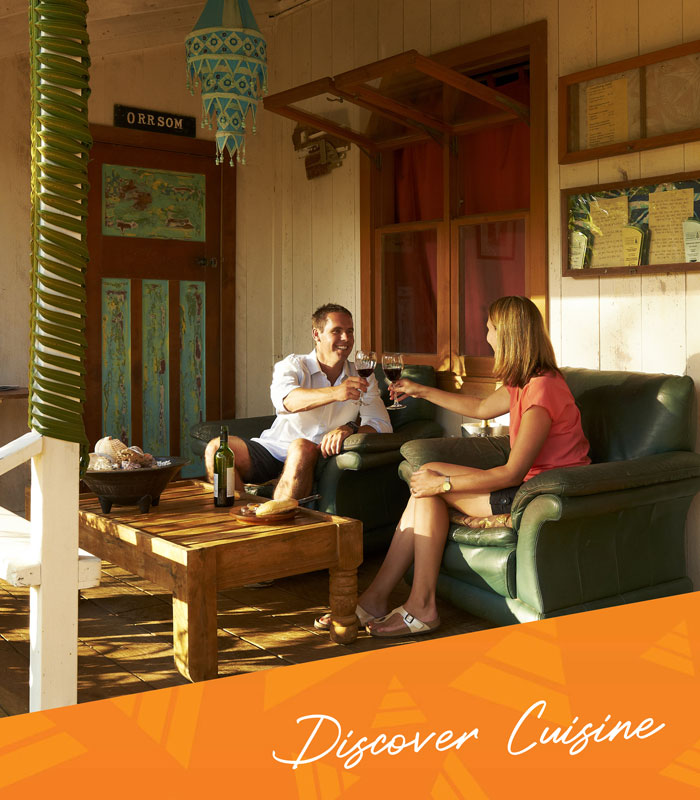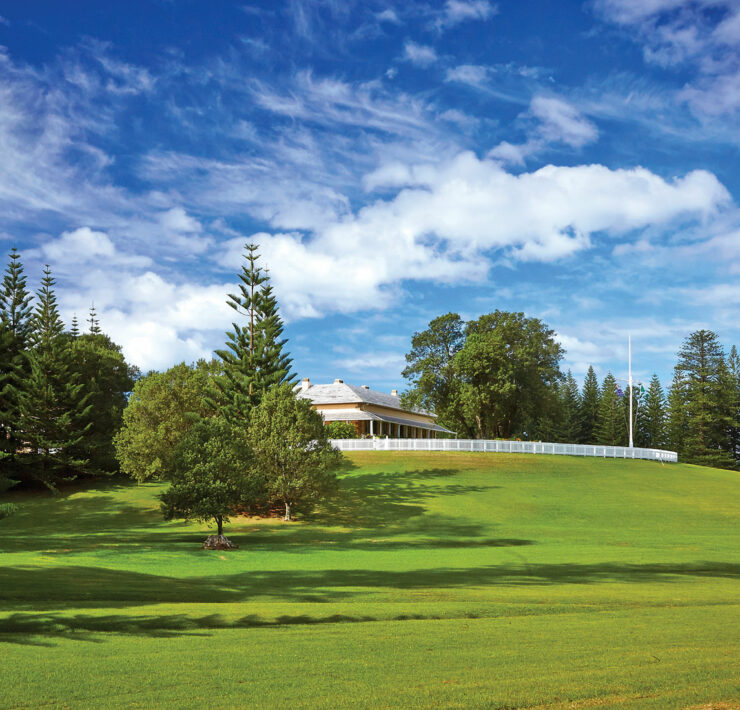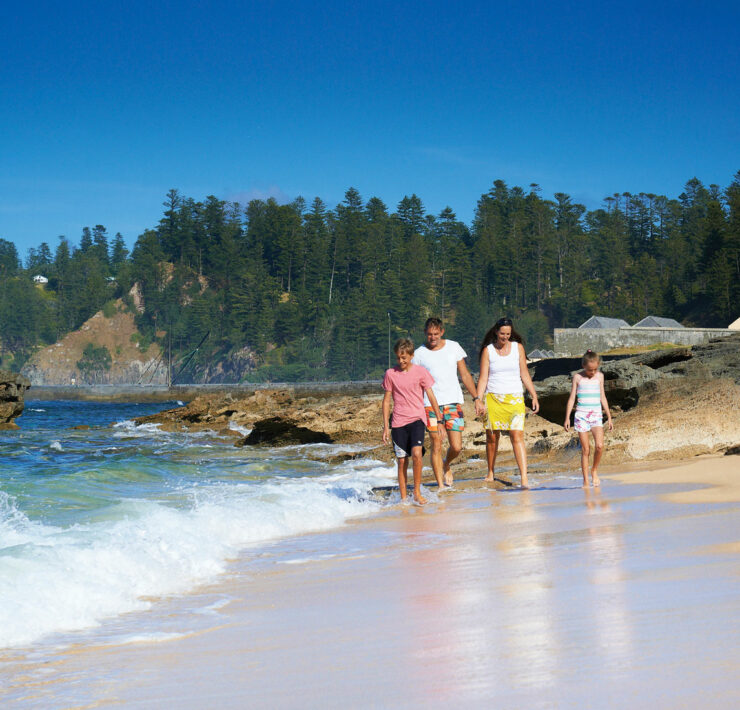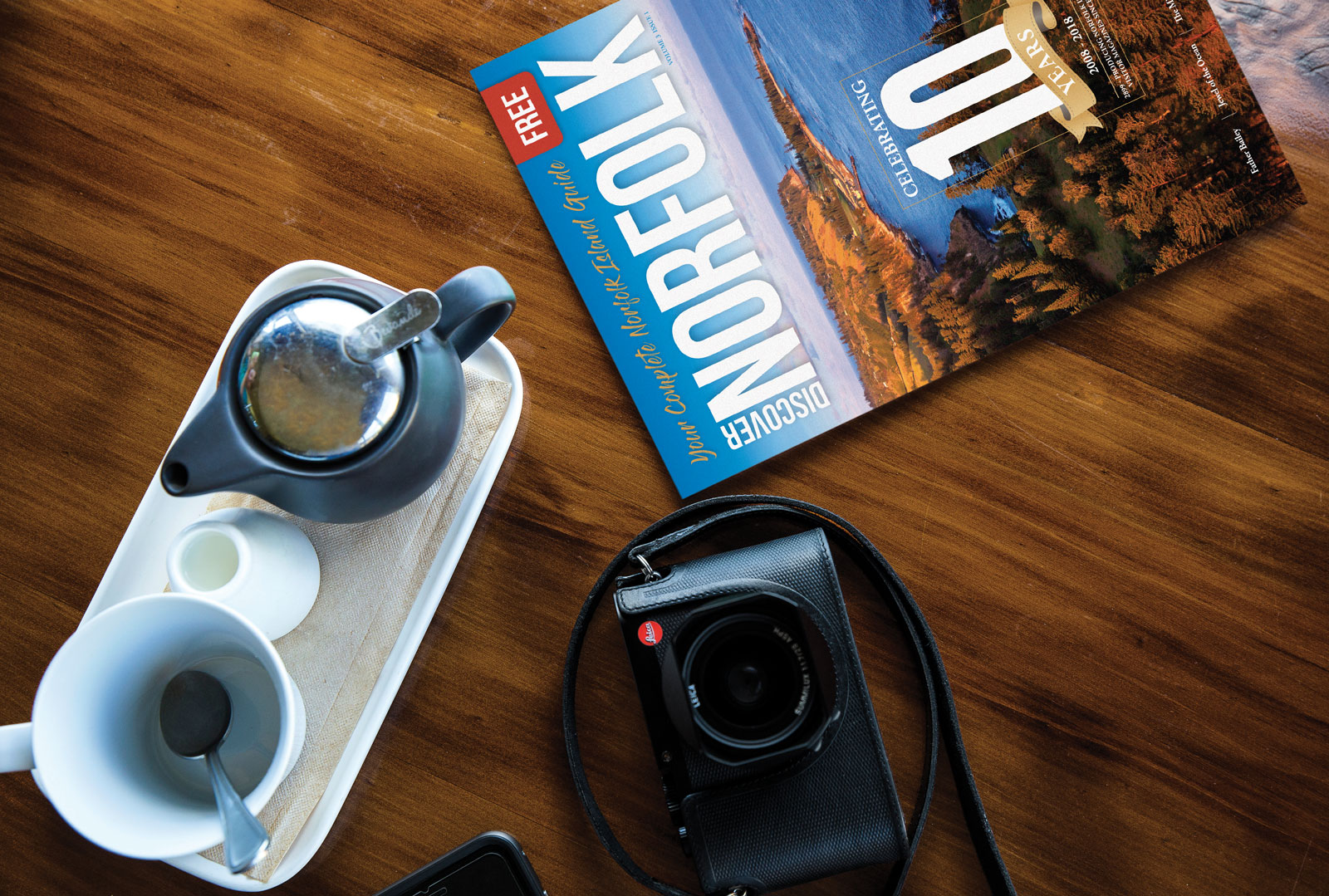Home » All Articles » Queen Victoria’s Garden: Long live the Queen…
Queen Victoria’s Garden: Long live the Queen…

Queen Victoria came to the throne of England in 1837, just months after her 18th birthday. She ruled for over 63 years, during a period of enormous growth and development, and at a time when the British Empire extended to over a quarter of the world’s population. Wherever you travel in the world, you will see her name commemorated in landmarks, streets, parks, buildings and the like. Even here on Norfolk Island, her name is revered, because this great British Queen played a very special role in the history of the people of the Island.
One of the smallest places in Queen Victoria’s ‘empire’ was undoubtedly Pitcairn Island, a remote and tiny rock in the Pacific Ocean. The Bounty mutineers and their Tahitian wives had made Pitcairn Island their home in 1789, during the reign of Victoria’s grandfather George III. For many years, they had remained isolated, with no contact with the outside world. When they were finally discovered in 1808, Victoria’s uncle, George IV, was on the throne. The people of England, from the Sovereign down, took a strong interest in the people of Pitcairn and bore them a great deal of goodwill.
George Hunn Nobbs had arrived on Pitcairn Island in 1828, and over the years had taken on a leadership role there. He became the Island’s teacher and doctor, and also their pastor and spiritual advisor. Nobbs travelled to England between 1852 and 1853 to be ordained. He was widely welcomed wherever he travelled both by the authorities and by the ordinary people whose imaginations had been captured by the inspiring story of the Pitcairn people.
During his visit to England, Nobbs took the opportunity to consult with the British Government about the need for the Pitcairn people to find a new home. Pitcairn Island was becoming too small for the community, which by then numbered 190. Towards the end of his visit, George Hunn Nobbs had an audience with Queen Victoria herself and Prince Albert at their home in Osbourne House on the Isle of Wight. As a monarch who was known for upholding values of integrity and honour, she believed that the Pitcairn community, who had adopted strong religious and moral values after the Mutiny, was deserving of any assistance that her government could give.
A few years later, In 1856, it was with a feeling of gratitude to the Queen herself that 194 people made the journey from Pitcairn Island to Norfolk Island. They were to occupy the island as their new home, along with the infrastructure of the abandoned penal colony. Over the ensuing years, both the Norfolk Island people and the community that had re-established itself on Pitcairn, maintained their strong feelings of patriotism to Britain and devotion to the Queen. They took the opportunity to toast and salute their monarch whenever they could, and the occasions of the Queen’s Golden and Diamond Jubilees were causes for great celebration.
When news of Queen Victoria’s death reached the island in 1901, there was great sadness. She had ruled for 63 years and seven months. Few members of the community could recall any other monarch presiding over them. The relationship of the Norfolk Islanders with their Queen for over 60 years had underpinned the stable foundations of the community through a time of great change and uncertainty. Although their loyalty to the ruling monarch would remain, they had lost a familiar symbol that gave them great comfort and protection.
Memorials to the late Queen Victoria were established all over the world, and it seemed surprising that the Norfolk Islanders did not build one. However, in 2009 Miss Marie Bailey decided to correct this situation. On the land in Queen Elizabeth Avenue that was granted by Queen Victoria to her grandmother Emily Bailey, on her marriage to George Bailey in 1875, Marie established ‘Queen Victoria’s Garden’. The gardens contain many plantings, including exotic specimens from all corners of the former British Empire. There is a gazebo where a marble bust of the Queen sits on a table, surrounded by pictorial and written material relating to Queen Victoria and Norfolk Island. It is free for everyone, and you are invited to take the time to enjoy the garden, the work that has gone into it and the beautiful story behind its creation.
____
Image Credit: Robin Nisbet
www.robinnisbet.com
____
Article content disclaimer: Article first published in Discover Norfolk, Volume 03 Issue 02, 2019. Please note that details of specific travel, accommodation and touring options may be outdated. References to people, places and businesses, including operating days and times may be have changed. References to Government structure and Government businesses/entities may no longer be applicable. Please check directly with businesses and/or Government websites directly rather than relying on any information contained in this article before you make travel arrangements.



